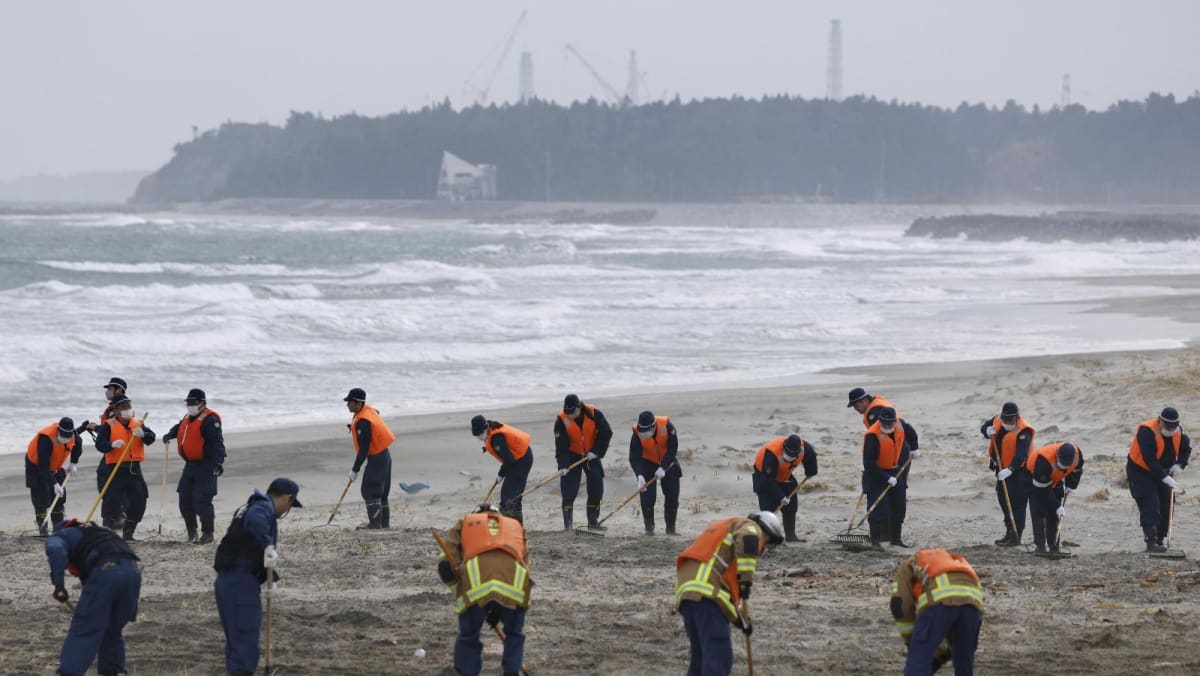Commentary: Ten years after its disappearance, can we still find MH370?

To date, these debris finds in the western Indian ocean are the only physical evidence found related to MH370.
It is also independent verification that the crash occurred close to the seventh arc, as any debris would initially flow northwards and then to the west, transported by the prevailing ocean currents. These results are consistent with other drift studies undertaken by independent researchers globally.
WHY A NEW SEARCH FOR MH370 NOW?
Unfortunately, the ocean is a chaotic place, and even oceanographic drift models cannot pinpoint the exact location of the crash site.
The proposed new search by Ocean Infinity has significantly narrowed down the target area within latitudes 36°S and 33°S. This is approximately 50km to the south of the locations where UWA modelling indicated the release of debris along the seventh arc. If the search does not locate the wreckage, it could be extended north.
Since the initial underwater searches, technology has tremendously improved. Ocean Infinity is using a fleet of autonomous underwater vehicles with improved resolution. The proposed search will also use remotely controlled surface vessels.
In the area where the search is to take place, the ocean is around 4,000m deep. The water temperatures are 1 to 2 degrees Celsius, with low currents. This means that even after ten years, the debris field would be relatively intact.
Therefore, there is a high probability that the wreckage can still be found. If a future search is successful, this would bring closure not just to the families of those who perished, but also the thousands of people who have been involved in the search efforts.
Charitha Pattiaratchi is Professor of Coastal Oceanography at University of Western Australia. This commentary first appeared on The Conversation.
Source: CNA














